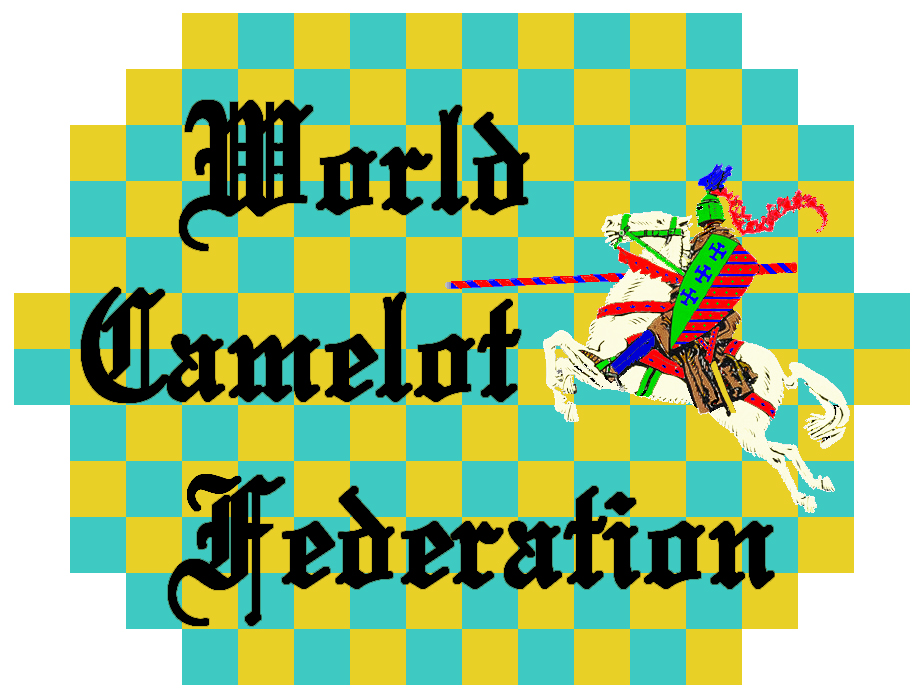6.F7-G7 (Why
not 6.C6-E6-G8-I8xG10xG12? Black dare not capture G12 because of the Knight’s
Charge from I7. Incautiously retreating 6....H10-H11 gives White the free move
7.F7-F8 for a different charge from I7.) 6....K7-L6, 7.E7-C9 (Still, why not
7.C6-E8xC10xE12? Least damaging is 7....D10-F12xD12, leaving D7 two ways to
capture three pieces.) 7....D10xB8, 8.D8xD10xF12 J11-H11-F11xF13, 9.I7-G9xE11xE9
B8-A7, 10.E9-E10 D11xF9, 11.C6-E8xG10xG12xE14 L6-K5, 12.D6-D8 K5-J4, 13.D7-D9
H9-G9, 14.H8xF10 I10-G10xE10xC8xE8, and Black took twenty-six more moves to win.
Closing
Thoughts
While not a
technical game-theoretic term, delicate is quite descriptive of Camelot—small
oversights or apparently innocuous moves can have dire results. Of nearly thirty
opening scores, only two come out with equal forces, another five with numerical
equality, but with fewer knights on one side, and the rest with sometimes
drastically imbalanced forces. [Editor's note: Actually, of the one
hundred first moves by White, fourteen result in drastically imbalanced forces.]
All pieces
having equal value in castling, a gain of one piece, whether man or knight, can
be hoped to be a winning edge, unless position outweighs material. An old Chess
adage becomes applicable: when ahead, trade.
Less
significant may be the chessic emphasis on the center of the board, though there
is a tendency toward the center among these openings.
A few highly
tentative Camelot maxims suggest themselves: fill holes quickly, as with E6-E8,
C6-E6 or E6-G8, C6-E6. F6-F8 was another opening choice, though never followed by
J6-H8-F6, likely as good as E6 for positioning a knight. Directly attack the enemy
with extreme caution, fearing the free move. Remember that even remotely
positioned knights can travel fast. Seek early trades.
Despite
Camelot’s age the level of play remains primitive. Many more well-played games
must be examined before more useful insight will appear.
